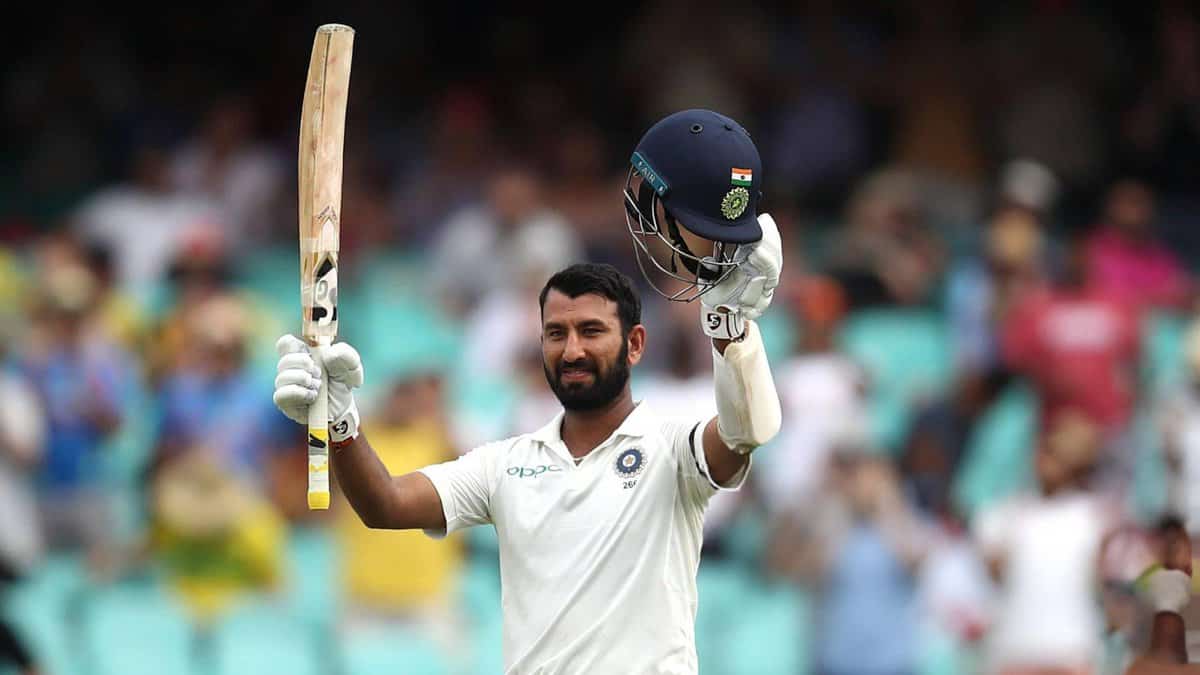
Cheteshwar Pujara, who recently retired from cricket, was often referred to as the second wall of India, after Rahul Dravid. Pujara wasn’t just a batsman. He was India’s tallest warrior, the man who stood firm when the team needed him most. From battling fiery Aussie fast bowlers to grinding down world-class spinners, his patience and determination made him one of the finest Test batsmen of his generation.
But now that he has left the game, the BCCI must approach him to guide the youth of India. Younger players who are now coming up in the game would benefit immensely if they had Pujara to instruct them.
At the slightly higher levels, coaching is not about teaching technique. That has already been learnt in school and junior levels. However, when a player aspires to make a mark in first-class cricket, he must develop the right mental approach to the game. A disciplined and patient attitude would go a long way to enable a player to progress up the ranks.
It is in this aspect of the game where Pujara’s advice and mentorship would be invaluable. His commitment and determination are qualities that every youngster should try to emulate.
Pujara’s methods
Like most other players, Pujara also had his own way of tackling the challenges thrown up by the bowlers. Pujara’s strength as a batsman stemmed from his incredible patience, solid defensive technique, strong temperament, and ability to occupy the crease for extended periods.
It enabled him to wear down bowling attacks and provide stability in batting for the Indian team. He also possessed a compact stroke-making style, a disciplined approach to accumulating runs, and the fitness to endure long hours of batting. This made him an invaluable asset in Test cricket.
Most young players today are taken in by the glamour of T20 cricket and the spectacular shots that have become a trademark of many famous players. But they often do not realise that before playing those unorthodox shots, the great players had to go through a grind based on correct technique and the development of a disciplined mental attitude.
Test cricket is like driving through traffic
Former player Akash Chopra has rightly compared playing a long innings in a Test match to driving in a big city with heavy traffic. There are moments when you get stuck in the midst of a gathering of vehicles. You have to be patient. Look for a gap and manoeuvre your way forward. When an opening comes up, accelerate and speed up till the next bottleneck comes up. Impatience won’t do. An agitated driver will soon crash, and the journey will come to an abrupt end.
Pujara was excellent at this kind of game. He always started slowly and took the required time he needed to get his feet moving decisively. Then he would pick up the pace later. In Tests, any successful batter ends up blocking about 70 percent of the deliveries that he faces. So it is imperative to have an impeccable defensive technique.
Pujara’s game was built on his ability to keep the good balls out for long periods of time. He had the patience to not worry about where his next run would come from, and his game plan was consistent about his scoring areas.
Gavaskar had a similar approach
Sunil Gavaskar, who was the first Indian batsman to score hundreds of runs against the world’s best fast bowlers, had a similar approach. He once said that he always played within the arc between mid-off and mid-on till his hand-eye coordination was set and he knew the pitch conditions. He never played shots outside this arc till his score had crossed 30. The method was extremely successful, as his records show.
So players who belong to this breed are in a position to give invaluable advice to the youth, particularly where Test cricket is concerned. Now it is for the BCCI to use the services of a man like Pujara in the right manner to ensure that India continues to produce excellent Test cricketers in the future.



